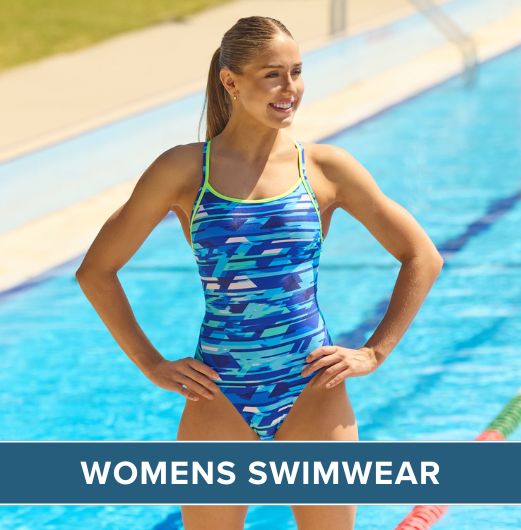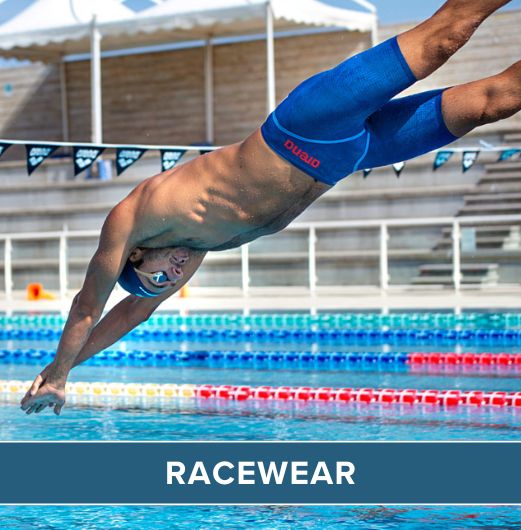Swimming is a beautiful and demanding sport that requires a combination of skill, strength, and technique. Whether you're a competitive swimmer looking to enhance your performance or a beginner learning the ropes, training fins can be a valuable tool in your aquatic arsenal. We will explore how to use training fins effectively to improve your swimming technique, build strength, and enhance your overall performance.
The Benefits of Training Fins
Training fins, also known as swim fins or flippers, are elongated, fin-like devices worn on the feet. These fins serve several crucial purposes in the world of swimming:
Enhancing Propulsion: Training fins increase the surface area of your feet, allowing you to move more water with each kick. This results in improved propulsion, making it easier to move through the water efficiently.
Strengthening Muscles: Wearing fins engages and strengthens your leg muscles, particularly the quadriceps, hamstrings, and calves. This added resistance helps build endurance and power.
Improving Body Position: Fins encourage a streamlined body position, promoting better alignment in the water. This can reduce drag and improve your overall efficiency.
Developing Ankle Flexibility: They also aid in enhancing ankle flexibility, which is essential for a fluid kicking motion in all swim strokes.
https://www.simplyswim.com/collections/training-fins
Using Training Fins (transcript from video)
Make sure they fit correctly, your toes shouldn’t be hanging over the edge, if you are using fins for the first time, they may feel unfamiliar in the pool, practice getting used to these by just splashing about a little bit.
The most common fault people make when using fins is they forget to flick their ankles. Just because you have fins on your feet doesn’t mean this should change in your full-stroke swimming.
Fins are a great use to help with all parts of your swimming. They help with the strength of the legs and more importantly, when you are doing drill work.
Fins are also great for young children, when they are younger and learning to swim, they often have weak legs which makes focusing on the arms very difficult. Adding some fins takes off the pressure and helps with their upper body stroke, this is also useful if you’re a first-time swimmer, no matter what age.
Grab a pair of fins and get going, fins are also a great training aid to use when working on your fly (butterfly) technique, especially with the kicking. If you have weak legs or a weak kick when you place the fins on your feet, you tend to open your knees to the side, this is a no-go. Make sure when you are using the fins correctly your feet are flicking up towards the ceiling and down towards the floor, this keeps your knees in line with the rest of your legs and ensures a really good quality fly kick.
This is also useful when you’re working on your underwater fly kick which is useful when you’re working on your turns. As you get older and more elite like swimmers my age, you can use fins to work on your overspeed*. This is a drill where you swim faster than you would without your fins on, so you put maximum effort in and with the fins you swim faster than normal, this then helps when you take them off. You feel faster and you are able to hold the technique whilst swimming slower.
https://www.simplyswim.com/collections/training-fins
* Overspeed refers to the act of swimming at a faster pace than what is considered natural. It involves using tools like fins or a mechanical cable drum set to different times based on a 50-meter swim. The purpose of overspeed training is to provide a neurological experience of swimming at an unnaturally high speed, allowing swimmers to understand and feel what it's like to swim at such velocities. However, overspeed training requires a significant amount of work to develop the foundation and feel for swimming at that speed. The pressure and difficulty of catching water at such high speeds make it a challenging technique to pursue.
 Free Tracked UK Delivery
Free Tracked UK Delivery Hassle Free Returns
Hassle Free Returns Next Working Day OPTION
Next Working Day OPTION Found It Cheaper?
Found It Cheaper?















